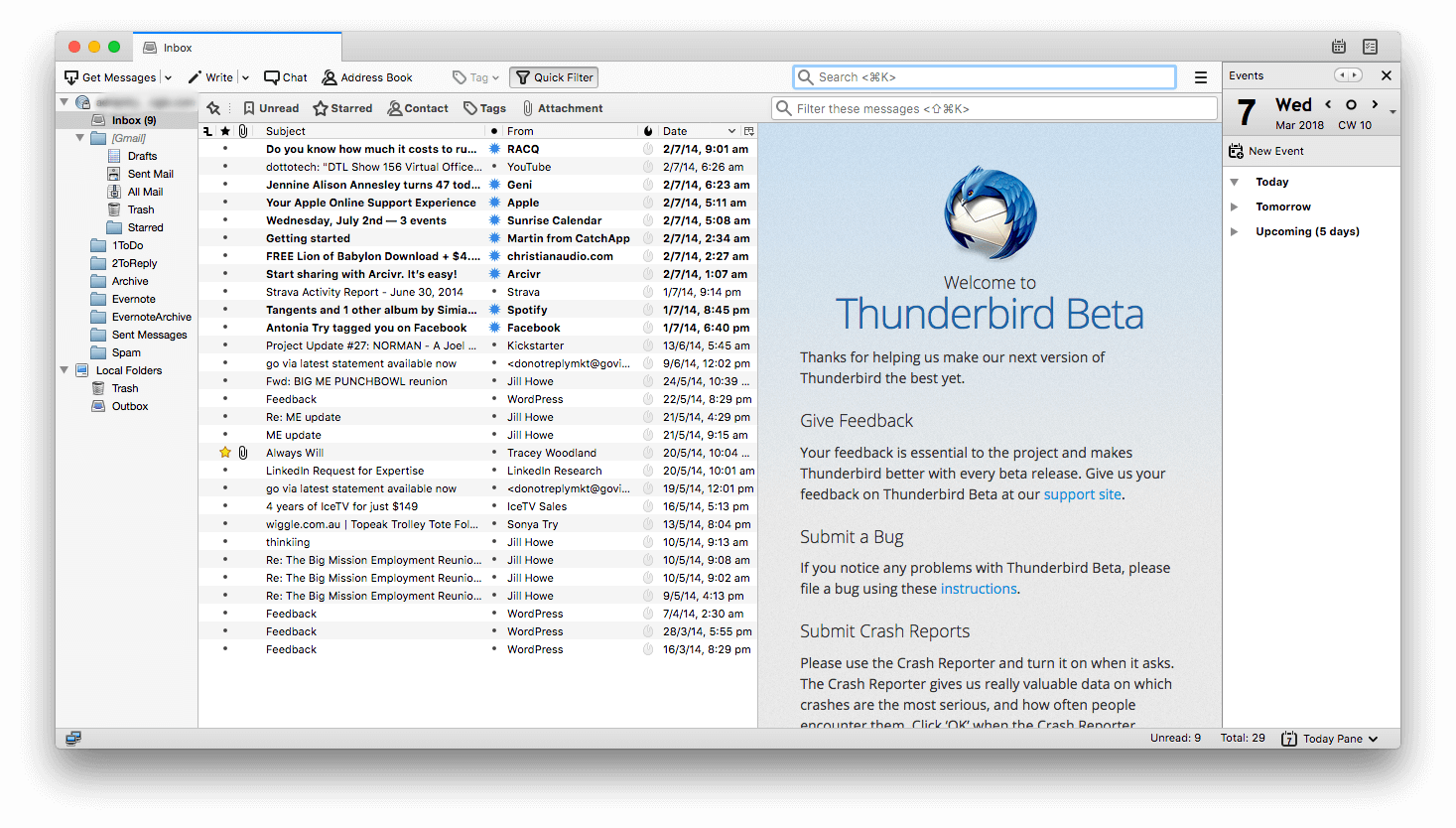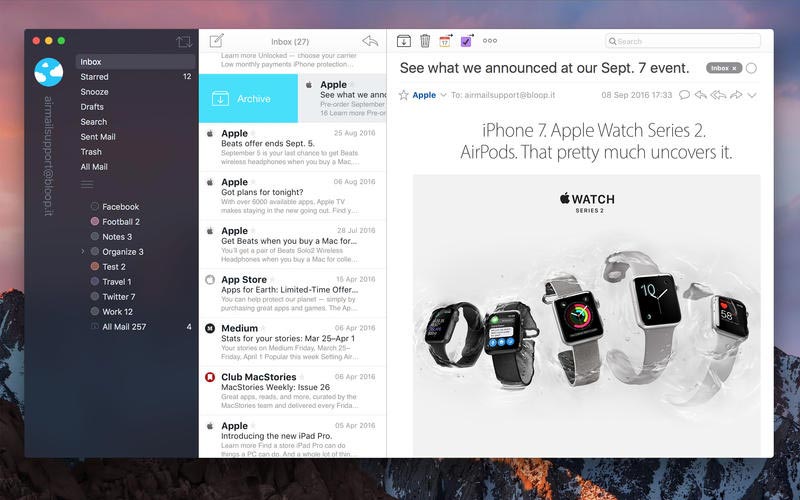

As Windows support was still being developed, there was a need to investigate various issues in tools and libraries. Just follow instructions from the marvelous //swift/build project.

Getting started with Swift on Windows is pretty easy.
Heterogenous build system (partially CMake, partially custom scripts). Windows-based CI to keep all tests green. 9 Swift modules (255 739 SLOC, 2 133 source files). After all initial concepts were proved, it was mostly routine day-to-day work to bring it alive on Windows. So, basically, we had to port Spark Core on Windows. This allows us to use any UI framework on the target platform: AppKit on macOS, UIKit on iOS, native UI Toolkit on Android. A pack of modules, actually, but we refer to them as Core. All business logic of Spark is located in a separate Core module. In fact, some third party C/C++ dependencies gave us more headaches than Swift did itself. By that time we already released Spark for Android which uses Swift to share core code with iOS/macOS, and the opportunity to extend to one more platform was really tempting.ĭespite some functionality being unready as of yet, Swift on Windows turned out to be fully satisfying our needs. We started experimenting with Swift on Windows more than a year ago. In this article, we’d love to share our experience and practical insights in Swift on Windows to demonstrate possible starting points, real use cases, and capabilities of Swift, as well as to inspire others to do their best with the tools we used. Great things take time to build, and that’s why we can’t share any ETA yet. 

We want Spark to be a cross-platform email client, and our team is already working on the Windows version many of our users are waiting for. Millions of people use it on iOS, Android, and Mac to love their email again. It’s the best personal email client and a revolutionary email for teams. At Readdle, we’re building the future of email with Spark.








 0 kommentar(er)
0 kommentar(er)
